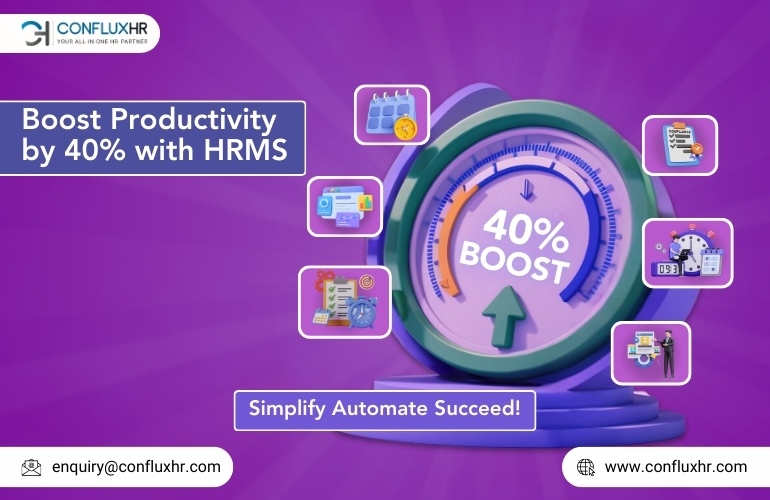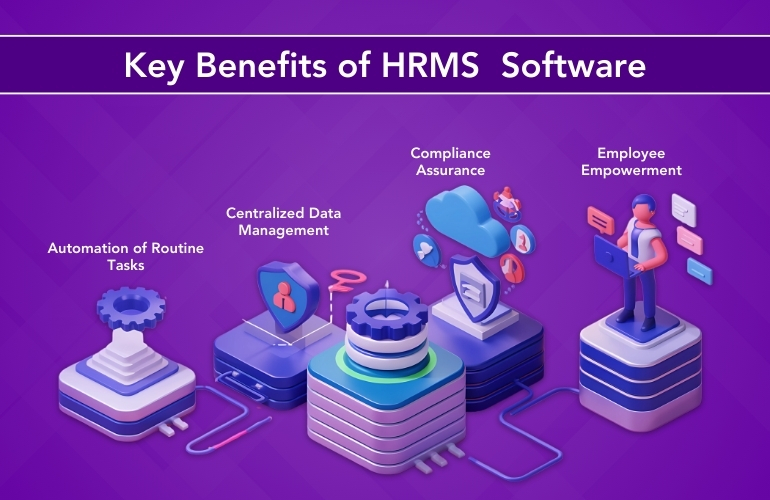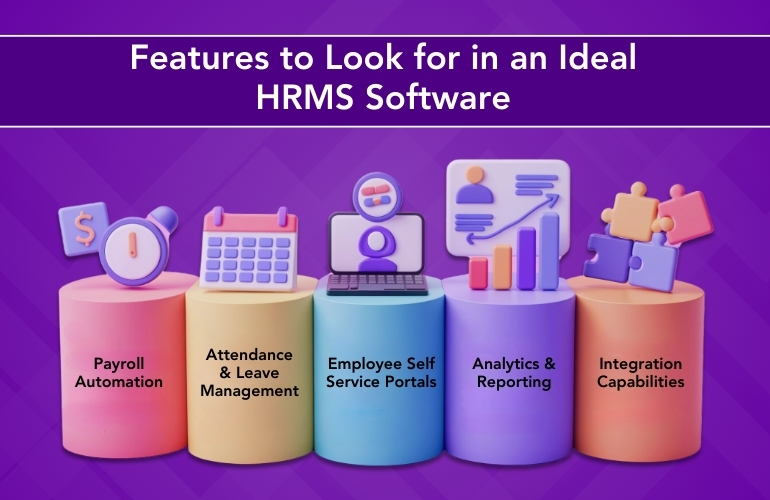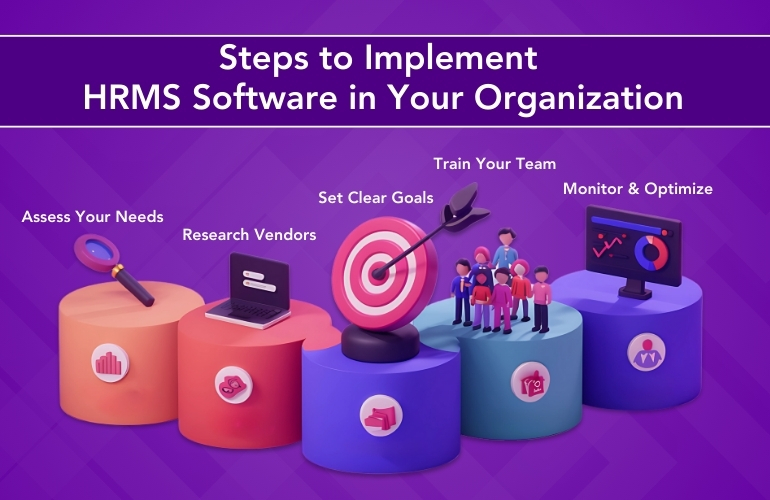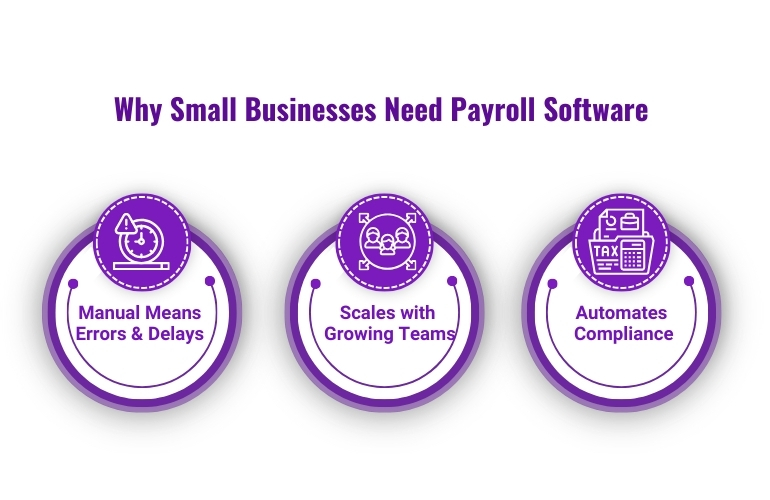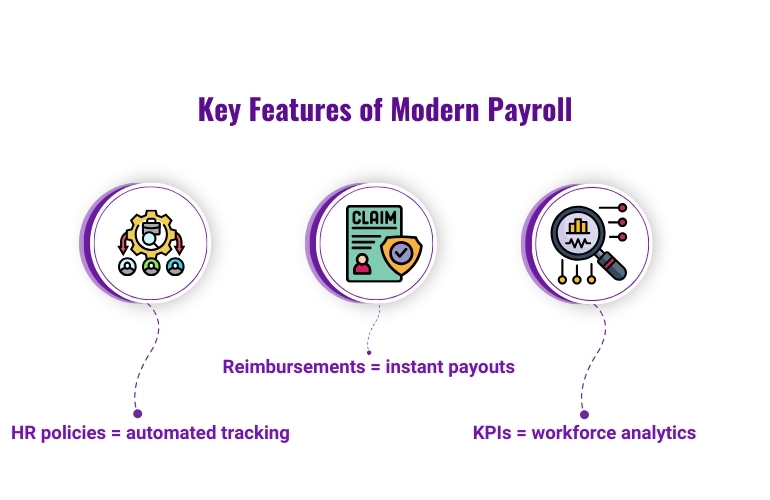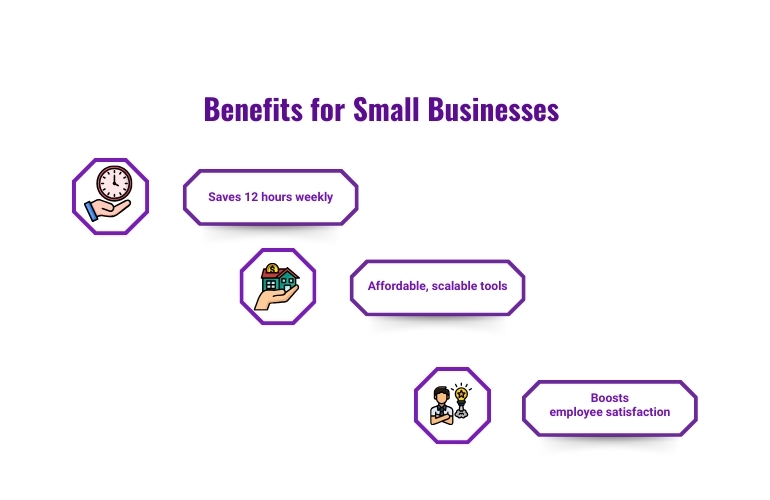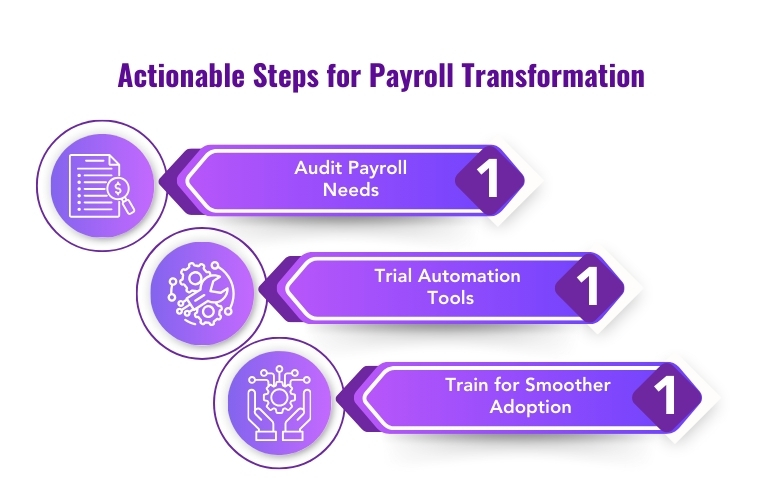Businesses in India are under immense pressure to streamline operations, especially when it comes to managing their workforce in this hyper-paced and digitally-driven economy. Yet, manual HR processes and outdated systems often create bottlenecks, leading to inefficiencies in payroll, compliance, and employee management.
The solution? HRMS HR Software—a dynamic tool designed to simplify and optimize HR operations. As businesses aim to thrive in a competitive landscape, HRMS HR Software is becoming the indispensable backbone of modern workplaces. This blog explores why investing in this technology isn’t just a choice—it’s a necessity for organizations looking to unlock productivity and stay ahead of the curve.
What is HRMS HR Software, and Why Does It Matter?
HRMS (Human Resource Management System) HR Software is a comprehensive digital solution that automates core HR functions such as payroll, attendance, recruitment, and compliance management. By consolidating these tasks into one unified platform, businesses can save time, reduce errors, and focus on strategic goals.
Key Benefits of HRMS HR Software:
- Automation of Routine Tasks: No more manual payroll calculations or attendance tracking. Automating these functions reduces human errors and enhances efficiency.
- Centralized Data Management: All employee records, from onboarding to appraisals, are stored in one place, making it easy to retrieve and analyze information.
- Compliance Assurance: Indian businesses must adhere to several labor laws (e.g., EPF, ESI, gratuity). HRMS ensures real-time compliance, helping businesses avoid penalties.
- Employee Empowerment: Features like self-service portals allow employees to access payslips, update personal information, and track leave balances without HR intervention.
By addressing both administrative and strategic needs, HRMS HR Software becomes a critical enabler for business growth.
The Indian Market Perspective: Why HRMS is More Than a Trend
In India, where businesses range from startups to large enterprises, HR challenges vary widely. Small businesses often struggle with manual processes, while larger companies face inefficiencies in managing large workforces.
Why HRMS HR Software is Gaining Traction in India:
- Cost-Efficiency: SaaS-based HRMS solutions offer scalable pricing models, making them affordable for Indian SMEs.
- Labor Law Complexity: With frequent updates in regulations like GST compliance and Provident Fund changes, HRMS tools ensure organizations stay compliant without additional effort.
- Remote Work Transition: The rise of hybrid and remote work models post-pandemic has accelerated the adoption of digital HR solutions that facilitate seamless workforce management.
Indian companies are realizing that investing in HRMS HR Software isn’t an expense—it’s a step toward long-term sustainability and competitiveness.
Features to Look for in an Ideal HRMS HR Software
Choosing the right HRMS software can make all the difference. Here are the must-have features to look for when selecting a solution:
- Payroll Automation: Ensure the software can handle payroll processing, tax calculations, and compliance with Indian labor laws.
- Attendance and Leave Management: Look for tools that offer biometric integration or remote attendance tracking for hybrid teams.
- Employee Self-Service (ESS) Portals: This allows employees to access their information anytime, reducing dependency on HR teams.
- Analytics and Reporting: Advanced reporting tools help HR teams make data-driven decisions, such as workforce planning or performance analysis.
- Integration Capabilities: Ensure the software integrates seamlessly with existing tools like ERP systems or accounting software.
Investing in software with these features ensures a smoother transition to digital HR operations.
The Business Impact of HRMS HR Software
The adoption of HRMS HR Software doesn’t just simplify HR functions—it transforms them into a strategic advantage. Here’s how:
- Enhanced Productivity
Automation frees HR teams from repetitive tasks, enabling them to focus on strategic priorities like talent acquisition and employee engagement. For example, an Indian tech startup saved over 30% of HR team hours by implementing payroll automation.
- Improved Decision-Making
With real-time data insights, businesses can identify trends, predict workforce needs, and make informed decisions. For instance, an analytics dashboard can help identify attrition hotspots in specific departments.
- Increased Employee Satisfaction
Features like ESS portals and accurate, timely payroll processing create a positive employee experience. This is particularly crucial in India’s competitive job market, where employee retention is a top concern.
- Cost Savings
While the initial investment in HRMS software may seem high, the long-term savings in terms of time, compliance penalties, and reduced attrition outweigh the costs.
Steps to Implement HRMS HR Software in Your Organization
Adopting HRMS software doesn’t have to be overwhelming. Follow these steps for a seamless transition:
- Assess Your Needs: Identify gaps in your current HR processes and prioritize features that align with your business goals.
- Research Vendors: Compare options from reputable providers, focusing on scalability, user reviews, and Indian market compatibility.
- Set Clear Goals: Define success metrics, such as reducing payroll errors by 50% or cutting HR operational time by 30%.
- Train Your Team: Offer onboarding sessions to ensure your HR team and employees can maximize the software’s potential.
- Monitor and Optimize: Continuously track the software’s performance and make adjustments as needed.
How to Choose the Right HRMS Software Provider in India
With so many options available, selecting the right provider can be challenging. Here are some tips:
- Local Expertise: Choose a vendor familiar with Indian labor laws and compliance requirements.
- Customer Support: Look for 24/7 support to address any technical or operational issues.
- Scalability: Ensure the software can grow with your business, whether you’re a startup or an established enterprise.
- Demo and Trial: Opt for providers that offer free trials or demos to test the software’s usability before committing.
Conclusion: The Future of HR is Digital
In a country as diverse and dynamic as India, managing human resources efficiently is no easy feat. However, HRMS HR Software provides the tools and capabilities businesses need to thrive in today’s competitive landscape. From automating routine tasks to ensuring compliance with complex labor laws, this software truly serves as the backbone of modern workplaces.
If your business hasn’t adopted an HRMS solution yet, now is the time. Start your journey toward streamlined HR operations and empowered employees today!


